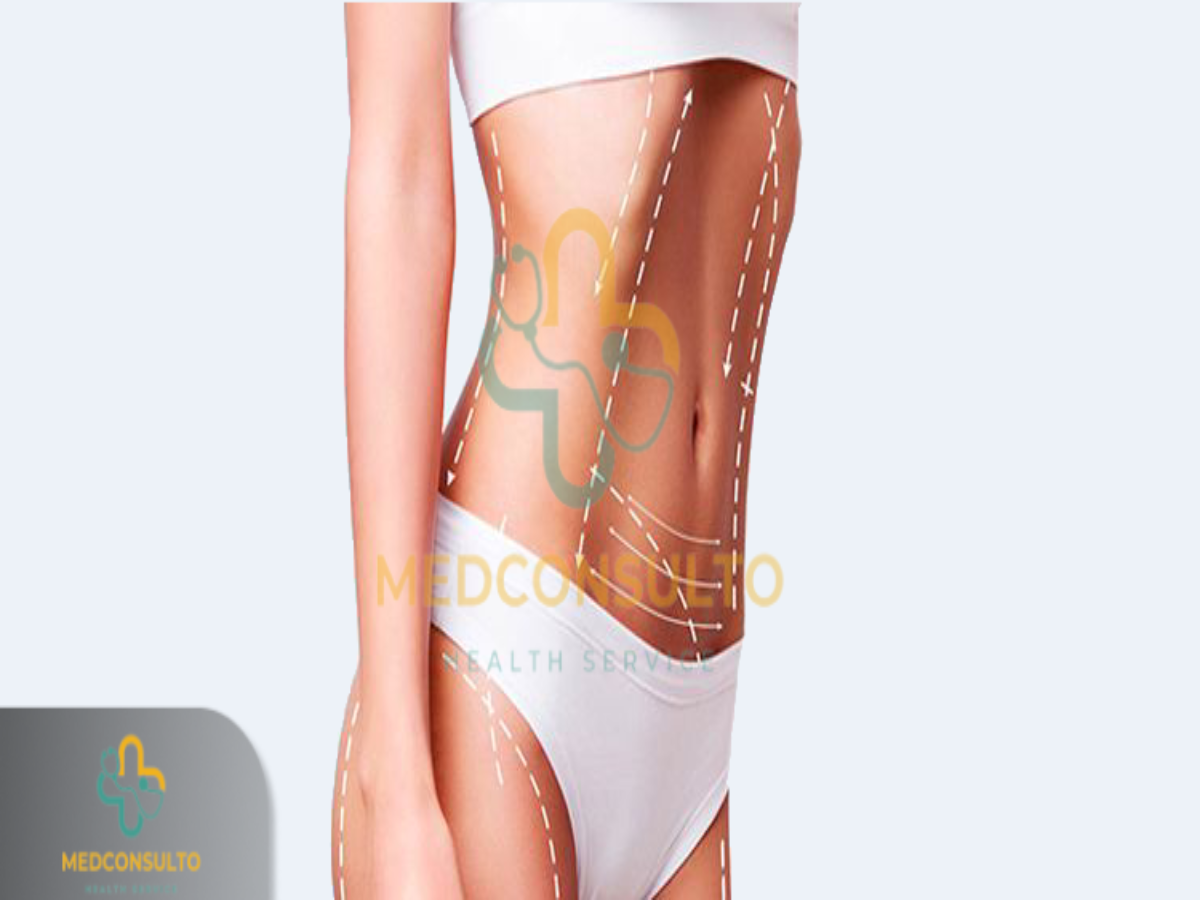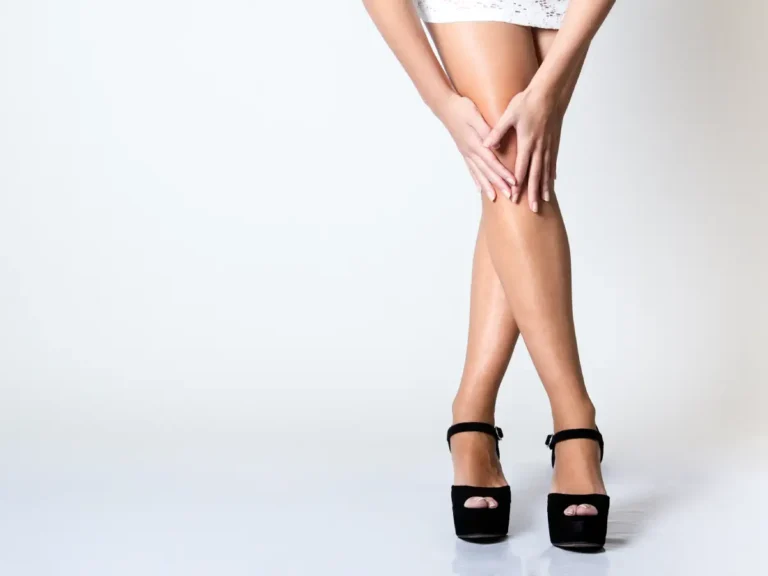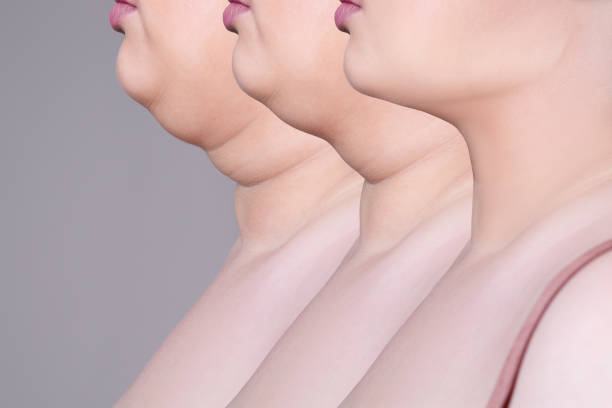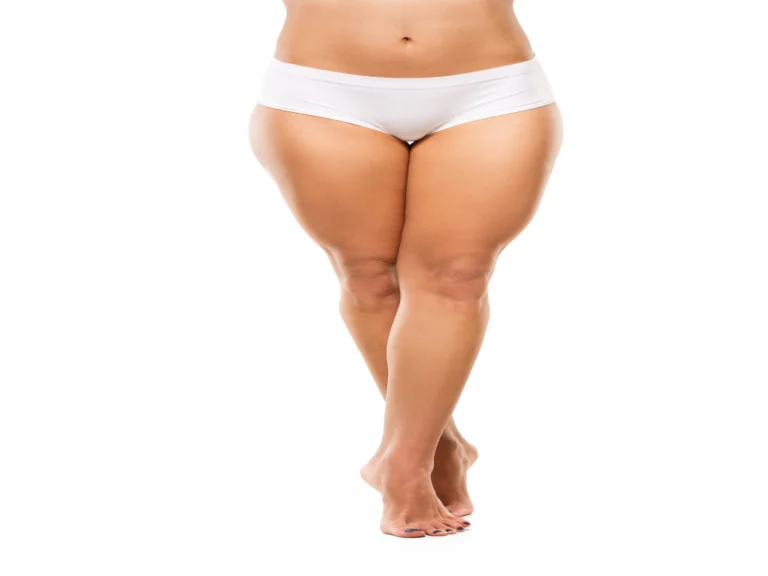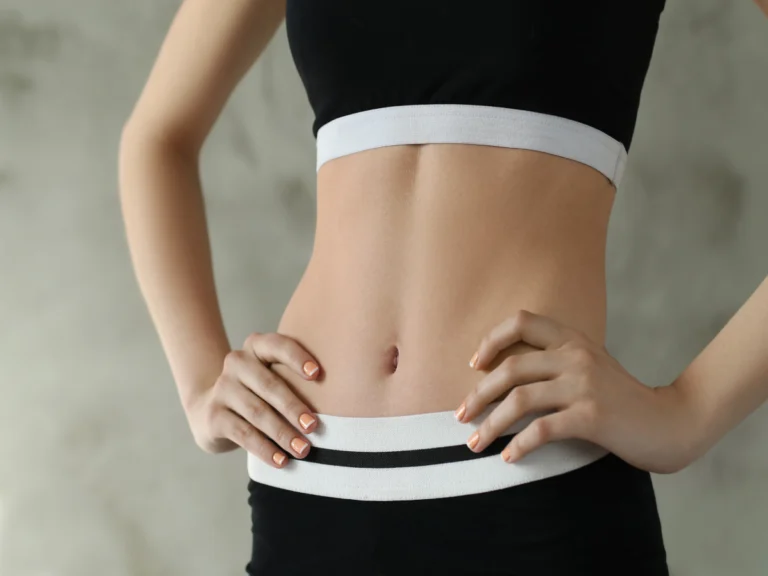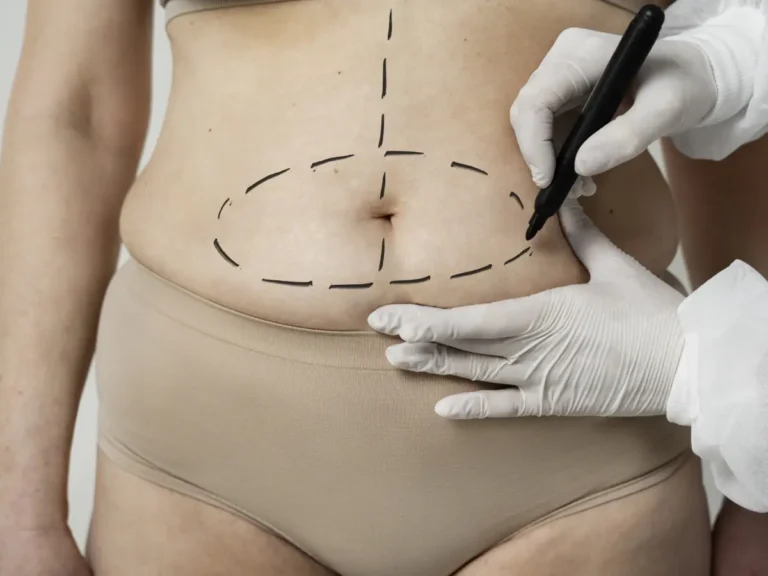After Vaser liposuction, most people need between 4 to 7 days to fully heal. However, this only covers the initial phase of the Vaser lipo healing process.
The most important thing to know is that the time it takes to heal after Vaser liposuction is different for each person.
Get a free consultation from experts.
Every time you get plastic surgery, this is true. Plastic surgeons always inform patients what to expect during their first appointment for Vaser liposuction, as well as how long the recovery time will be.
They’ll talk about important things, like when you can do normal exercise and demanding activities again, how to take your pain medicine, what kind of compression garment you’ll need to wear, how to avoid blood clots, and how to get the best results from the surgery.
Vaser lipo recovery timeline
First Week After Surgery
Bruising and swelling may get worse, but patients are usually able to resume modest activity. It’s critical that you adhere to your surgeon’s postoperative care recommendations and keep wearing compression garments.
Some patients may be ready to work again after treatment, depending on their job and treatment length.
2-4 Weeks
At this stage, patients frequently see a noticeable decrease in bruising and swelling, making the outcomes of the Vaser liposuction easier to see.
You can resume light activity, but avoid strenuous activities and heavy lifting. It’s critical to schedule follow-up visits with the surgeon to track healing and advancement.
1-3 Months
The treated areas‘ appearance continues to improve as swelling goes down in the latter phases of recovery.
Under the direction of their surgeon, patients can progressively resume their usual exercise regimens.
The complete effects of the Vaser Lipo operation became more evident, and the compression garments could no longer be required.
Maintaining a healthy lifestyle during this time is critical to preserving the surgery’s results.
Vaser liposuction aftercare tips
What to do after Vaser liposuction?
- Wear compression clothing: For six weeks after surgery, you should definitely wear your compression clothing. But, depending on how lost your skin is, your surgeon will tell you how long the clothing should last. You should also adjust your clothing to fit snugly but not too tightly the day after surgery because your body will swell.
- Maintain the cleanliness of the surgical site: Vaser liposuction is not an invasive surgery; however, we intentionally leave your wounds open to allow fluid to drain freely. So, you should take the right steps to avoid getting infections while you’re healing. Avoid wearing clothing or belts that are too tight for at least 4 weeks after surgery, as they may leave marks on the surgical site.
- Take your medicine as directed: Your doctor will give you home painkillers for post-surgery pain and soreness. You should also finish the medicines your doctor gave you to help lower your risk of getting an infection even more. If taking painkillers makes you feel fat or constipated, you can get senna or something similar from the Pharmacy.
- Manage your diet: Remember to eat a healthy diet with lots of fruits, veggies, and lean meats. Also, drink a lot of water throughout the day to prevent dehydration and speed up the healing process. Following a low-fat and low-carbohydrate diet will help you lose fat around your organs and make you look better.
- Activity and exercise: To avoid extra stress, it is best not to drive for the first one to two weeks after surgery. If you had surgery, you should also avoid heavy lifting and intense exercise for at least 6 to 8 weeks. To keep your blood from clotting, you can only go for a short walk. Also, you shouldn’t lie still for too long because fluid will pool and cause swelling, so try to move around a bit.
Read more: Pros and Cons of Vaser Liposuction
What not to do after Vaser liposuction?
- Do not take aspirin or any other painkillers: These things could make your blood thinner and move faster than usual. You may experience blood clots and swelling in non-treatment areas of your body.
- Do not drink or smoke while you are getting better: The blood is also thinner when you smoke or drink. They also have many other side effects that slow surgery recovery.
Read more: Liposuction vs. Vaser Liposuction
Get a free consultation with medconsulto
At MedConsulto, we provide you with the opportunity to get individual consultations from real cosmetic surgery experts. With immense pleasure, we work with the best hospitals in Turkey and guarantee you the highest level of care.
If you’re considering Vaser liposuction or are unsure if it’s right for you, you can find all the information you need here. To get a free quote for our services and learn more about the opportunities for your brand, call us today!
Faqs:
Is Vaser lipo more painful?
Different people feel different amounts of pain after Vaser lipo. In general, the first few weeks after Vaser liposuction healing aren’t too painful or uncomfortable for most people.
Will I have loose skin after Vaser Lipo?
Except for very minor soreness and edema, VASER liposuction is an extremely safe procedure. Following your treatment, you could occasionally feel some loose skin, depending on a number of different circumstances. It is frequently possible to predict that the likelihood of developing loose skin is dependent on a number of controllable conditions.
How do you sit after Vaser Lipo?
Those who have had Vaser Liposuction on their stomach will receive an elastic band binder with a plastic board on it. This lets the person sit down while they are healing from surgery and keeps their stomach flat. When you’re sitting down without the board, your stomach muscles can relax, causing curves, lines, and folds to form.
Can you walk after Vaser Lipo?
After the procedure, you should take a few days off from activity. You can engage in small activities, like walking around, but nothing that requires you to move a heavy object or stretch.
Where does the fat go after Vaser Lipo?
Once Vaser Liposuction eliminates fat cells, they disappear permanently. It prevents the formation of new fat cells; maintaining a healthy lifestyle is critical.
Resources

